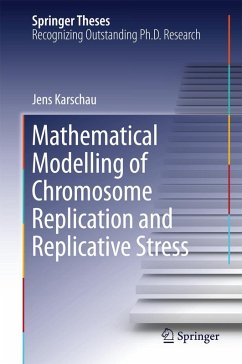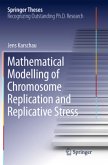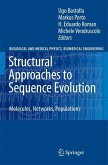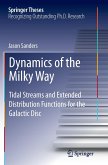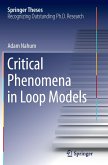DNA replication is arguably the most crucial process at work in living cells. It is the mechanism by which organisms pass their genetic information from one generation to the next and life on Earth would be unthinkable without it. Despite the discovery of DNA structure in the 1950s, the mechanism of its replication remains rather elusive.
This work makes important contributions to this line of research. In particular, it addresses two key questions in the area of DNA replication: which evolutionary forces drive the positioning of replication origins in the chromosome and how is the spatial organization of replication factories achieved inside the nucleus of a cell?.
A cross-disciplinary approach uniting physics and biology is at the heart of this research. Along with experimental support, statistical physics theory produces optimal origin positions and provides a model for replication fork assembly in yeast. Advances made here can potentially further our understanding of disease mechanisms such as the abnormal replication in cancer.
This work makes important contributions to this line of research. In particular, it addresses two key questions in the area of DNA replication: which evolutionary forces drive the positioning of replication origins in the chromosome and how is the spatial organization of replication factories achieved inside the nucleus of a cell?.
A cross-disciplinary approach uniting physics and biology is at the heart of this research. Along with experimental support, statistical physics theory produces optimal origin positions and provides a model for replication fork assembly in yeast. Advances made here can potentially further our understanding of disease mechanisms such as the abnormal replication in cancer.

